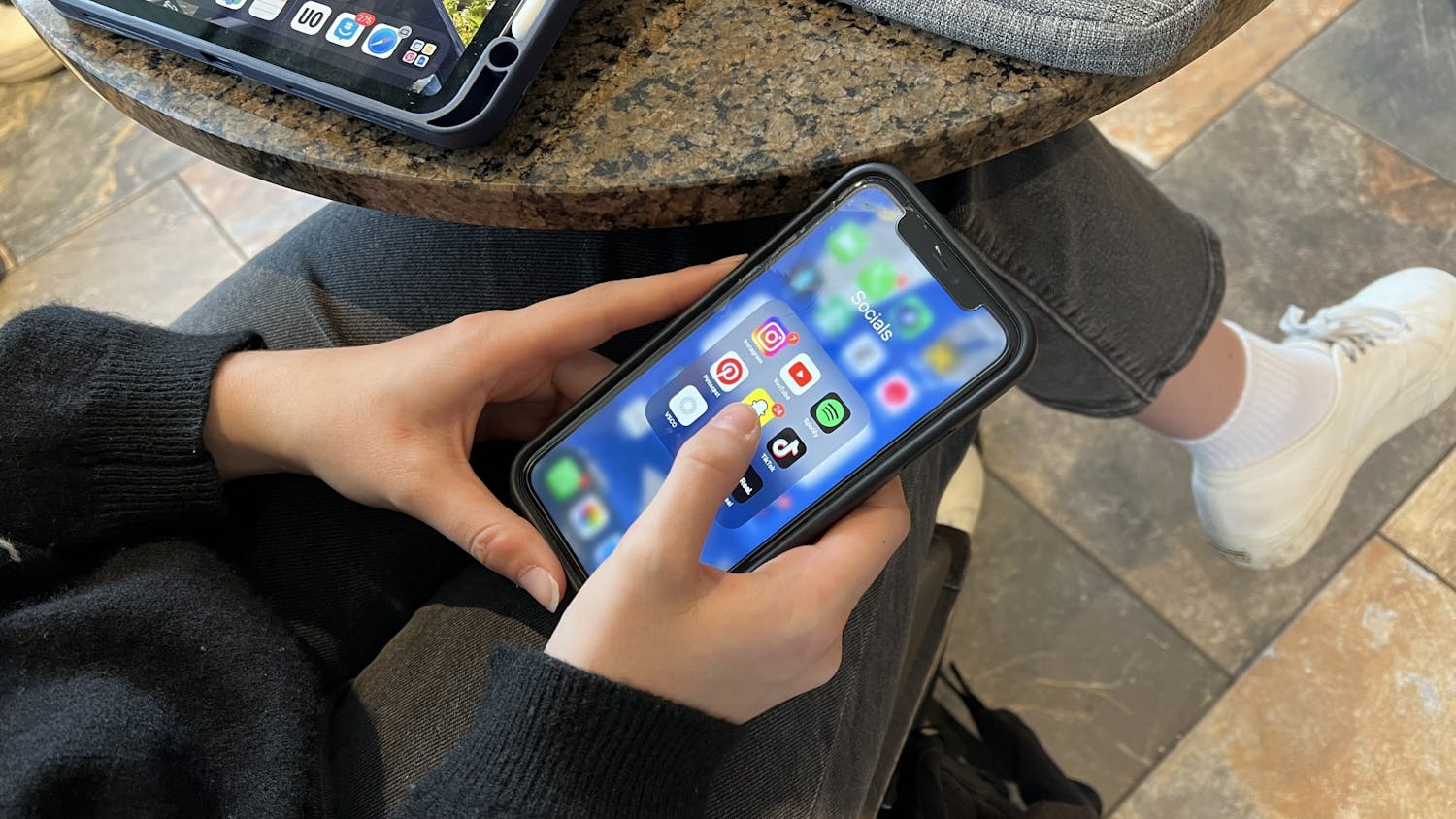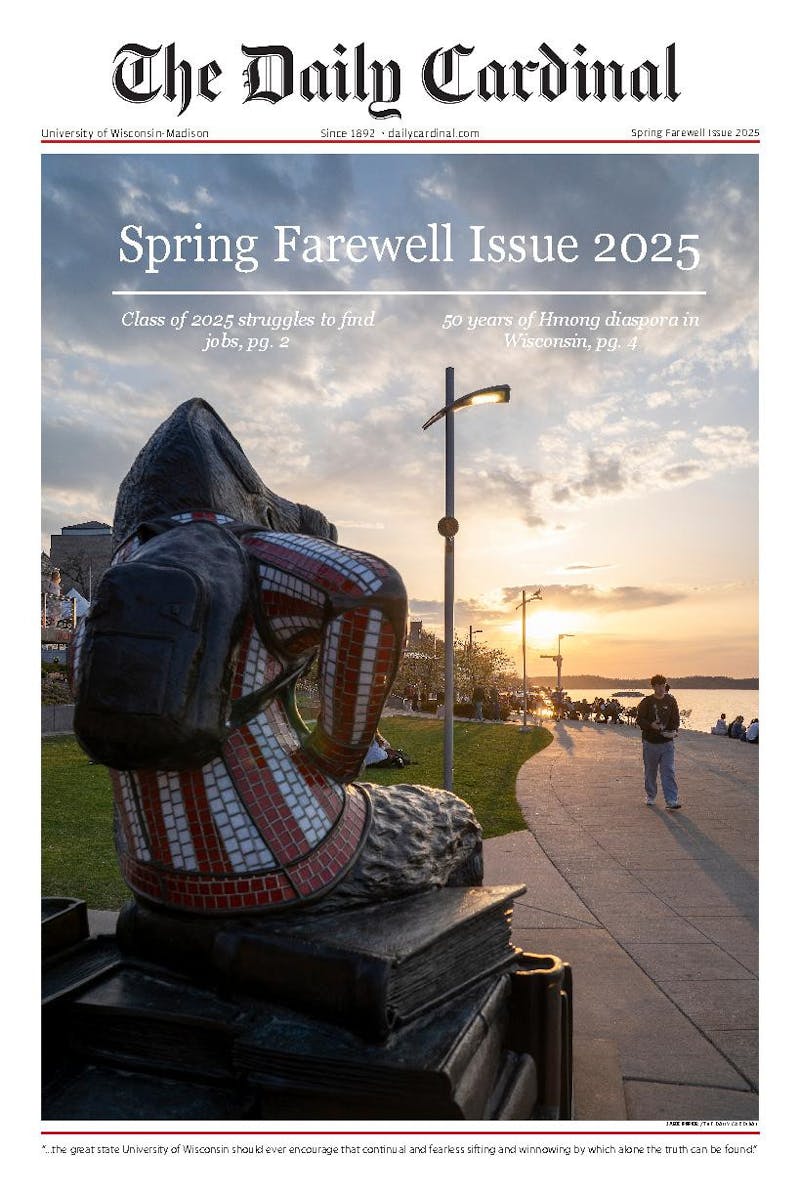Hip-hop is no longer just reserved for city streets and stereo speakers—next school year some of the movement's finest student performers will find a hub for their art at UW-Madison.
This fall, the university will launch the nation's first institutionalized urban arts community.
Fifteen newly accepted UW-Madison students interested in spoken word poetry, breakdancing, DJing, rapping, theater design and related arts will pack suitcases for Witte Hall to participate in the First Wave Spoken Word and Urban Arts Learning Community.
""There are other programs that involve spoken word and hip hop as programming activities, but they relate to more student organizations or part of ethnic study programs,"" said Director of the Office of Multicultural Arts Initiatives Willie Ney. ""This is the only one that has a given office at an executive level.""
The group will live, study and make collaborative art together throughout their college years at UW-Madison.
First Wavers will take a service learning class together and be part of a workshop led by dance professor Chris Walker. They will use their talents collaboratively to perform on campus and in the area.
Walker's job will be to weave all of the artists' talents together and allow each to understand the other's form.
""They all use hip-hop as a catalyst for social change and a means to build community,"" Walker said. ""I will pull all the elements together in creating a hip hop theater, pulling all these range of artistic abilities together for performance.""
One incoming UW-Madison freshman and First Wave artist with a specialty in spoken word poetry, Kelsey Van Ert, is already anticipating performances on campus and in the area.
""I want to be able to show the community and the world that the hip-hop culture isn't the negative images and music portrayed in the media and on the radio,"" she said.
At a university that has initiatives in place to retain and recruit faculty and students of color, it may seem like a wonder that the leader in urban arts education is Wisconsin.
However, Ney and campus administrators say hip-hop already has a presence on campus and in the Madison community—just recently, the campus hosted Hip Hop as a Movement Week and internationally renowned spoken word artist Marc Bamuthi Joseph as an artist in residence.
The idea for an official learning community surfaced about two years ago with the help Ney.
At the time, Ney organized local high school students in a spoken word poetry troupe called Youth Speaks Wisconsin. The group—made up of teenage poets drawing influence from hip-hop—performed locally and sent its best artists a distance to compete in the National Youth Poetry Slam.
It was not long before Vice Chancellor for Administration Darrell Bezzell caught wave of the inspiring youth. Ney, along with faculty and students, pitched an idea to create a program similar to Youth Speaks at UW-Madison.
It was an offer he could not refuse.
""I saw the opportunity to provide outreach to the community and a genre that's growing importance in the country. I saw an opportunity to impact the campus culture in a way that would make it more inclusive,"" Bazzell said.
The idea of First Wave flowed easily with other administration, too, according to First Wave Program Director and UW-Madison alumna Josh Healey. He said though some administrators admitted to not understanding hip-hop, they certainly understood its power.
""They might not know the difference between an MC, a DJ and a beat boy, but they know that people ages 15 to 25 do, and they know you can use hip hop as a way to bring people together,"" Healey said of administrators.
The hardest part of the whole process was not convincing the administration, but rather narrowing down the freshman First Wave class. Healey set out across the country, recruiting some of the best teenage urban arts performers.
Pitching a program housed in Dairyland to urban-based performers, however, took a little bit of coaxing.
""For a lot of people they were like—Hip-hop in Wisconsin, what are you talking about?— But once they saw the serious commitment to youth culture that is going on at this university, they got really excited,"" Healey said.
It was an opportunity Twin Cities native Van Ert could not refuse.
She was introduced to the campus after she was crowned the winner of a Madison spoken word poetry contest, however, it was the program's message that won over her application.
""First Wave recognizes the students who aren't athletes, aren't necessarily ‘A' students, but have a unique and unusual talent that is rarely fostered by academic communities and needs to be,"" she said.
""This program acknowledges that not all students of color are athletes...there needs to be something other then winning sports teams to attract minorities to a school.""
Bazzell was also optimistic about the program's attractiveness for students of color.
""We're starting to see students with great academic credentials take interest in this campus specifically because of the programming,"" he said. ""It sends a wonderful message about the campus culture and how it's transforming itself.""
As for the future of First Wave, Ney said he hopes the program can soon expand. ""I know we'll have double the applications next year,"" he said.





